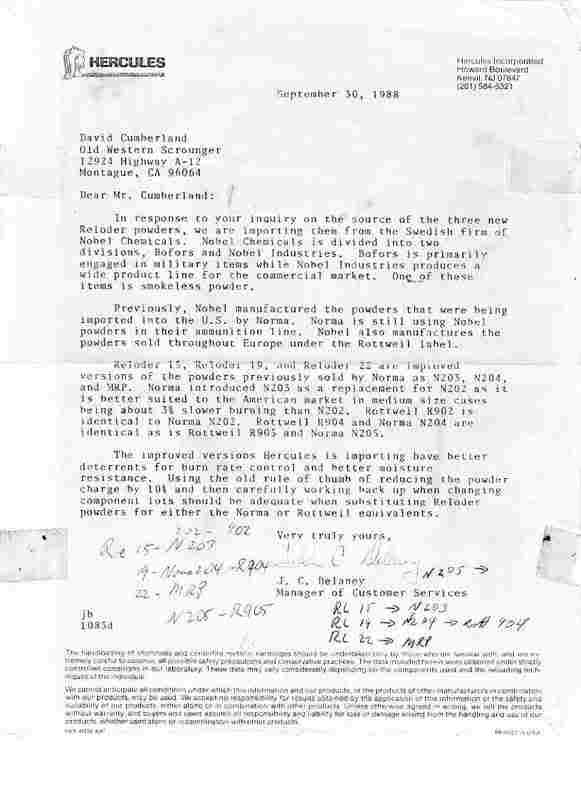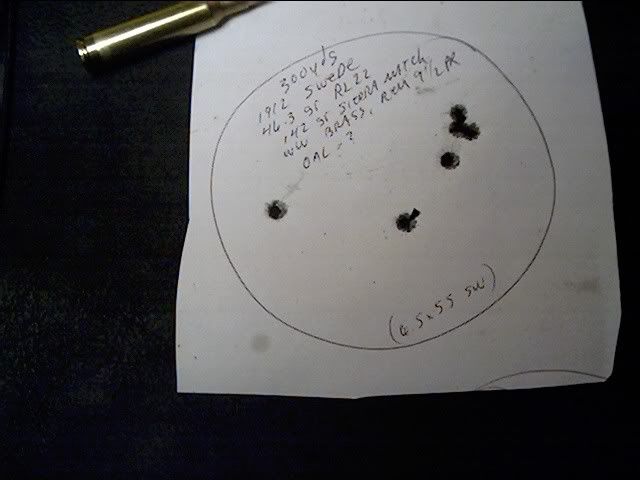If you want the exact performance of the loads you had, you have to use the same powder type. Other powders can give you the same velocity, but the barrel time that synchronizes bullet exit with muzzle deflection phase, is dependent on how early the powder peaks. A faster powder producing that velocity will get the bullet out with higher peak pressure and shorter barrel time, while a slower powder will do it with a lower peak pressure and longer barrel time. This is why using a chronograph to match a velocity produced by an unknown powder can be dangerous.
I think Dan got lucky that his Reloader 22 load matched up so well to what he pulled, or else he forgot to mention working it back up from a lower number to verify the load. Otherwise, copying military loads directly is one way you can get into trouble. The reason is that powders sold for reloading are "canister grade", meaning they are blended with held back slow or fast lots of the same powder, as needed, to bring the canister grade burn rate to within about 3% of nominal. This is necessary for published load data to remain valid. Military and commercial reloaders normally just buy "bulk grade" powder, which can vary up to 20% in burn rate (10% is more normal) and eschew the extra cost of blending. They then use pressure measuring equipment to develop the loads. But the charge weight they load is adjusted to match each powder lots, as no recipe can be expected to work with the wide burn rate range bulk powder can have.
If you look, for an example, at M72 National Match ammunition between 1958 and 1968, you get anywhere from 46 grains to 48.5 grains of IMR 4895, with the larger charges producing velocities lower than the smaller charges in some instances. That seems to have been a pretty well-behaved bulk powder, as that represents a burn rate range of only about 8½%. Still, it's about a 5% powder charge difference requirement.
Post #25 here has a rundown of the U.S. military powder certification procedure by a former Aberdeen Proving Grounds Test Director.



